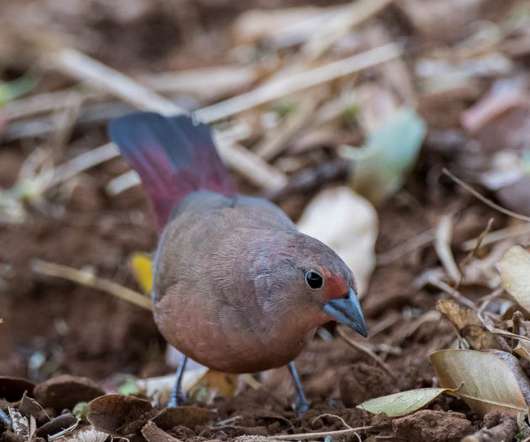Birding the Kruger Park (5): Pafuri area part 1
10,000 Birds
SEPTEMBER 16, 2022
One study found that birds living in Botswana had elevated levels of lead in their bloodstreams during hunting season, presumably coming from lead bullets used on animals killed by hunters. ” (HBW).













Let's personalize your content